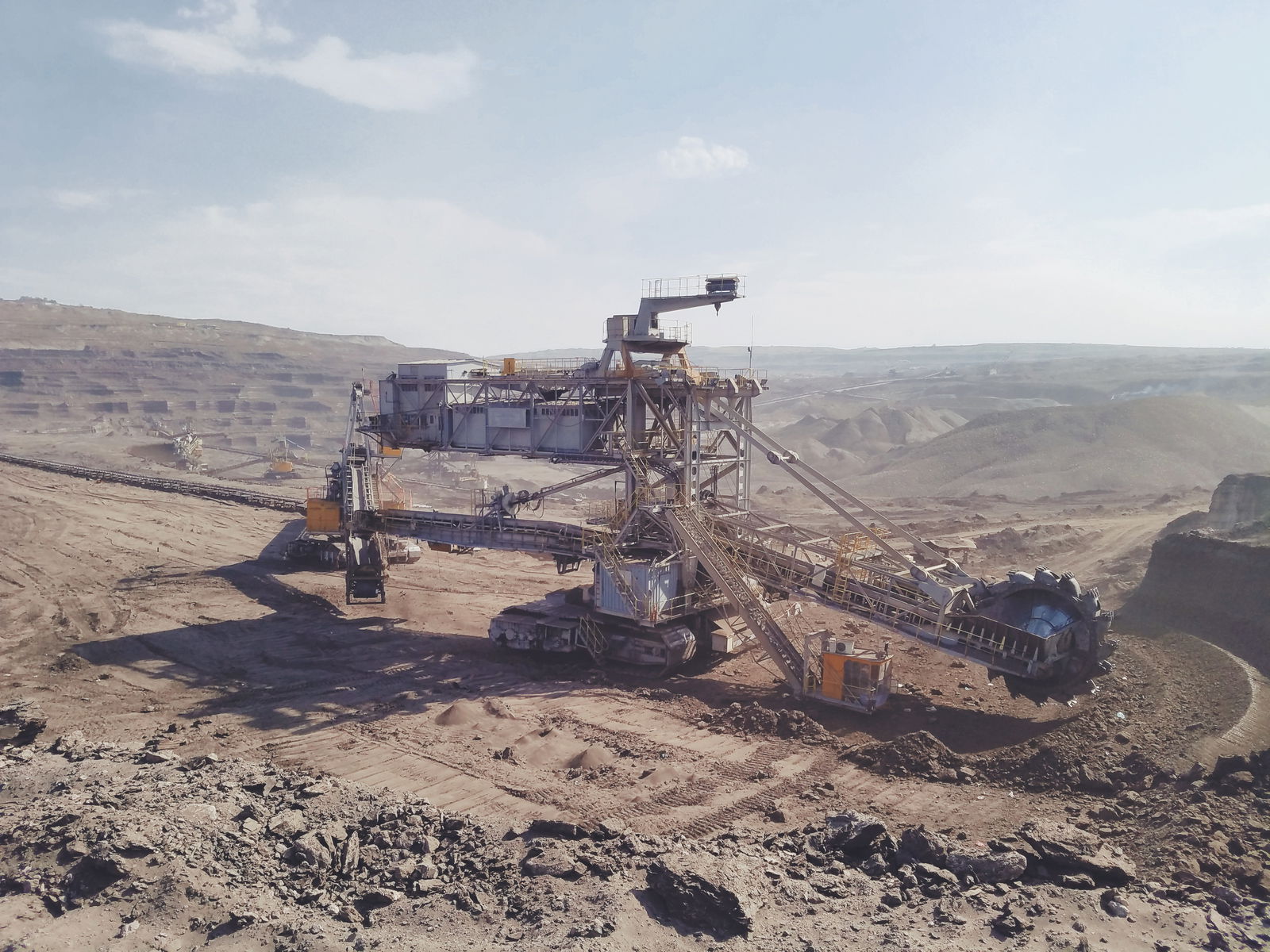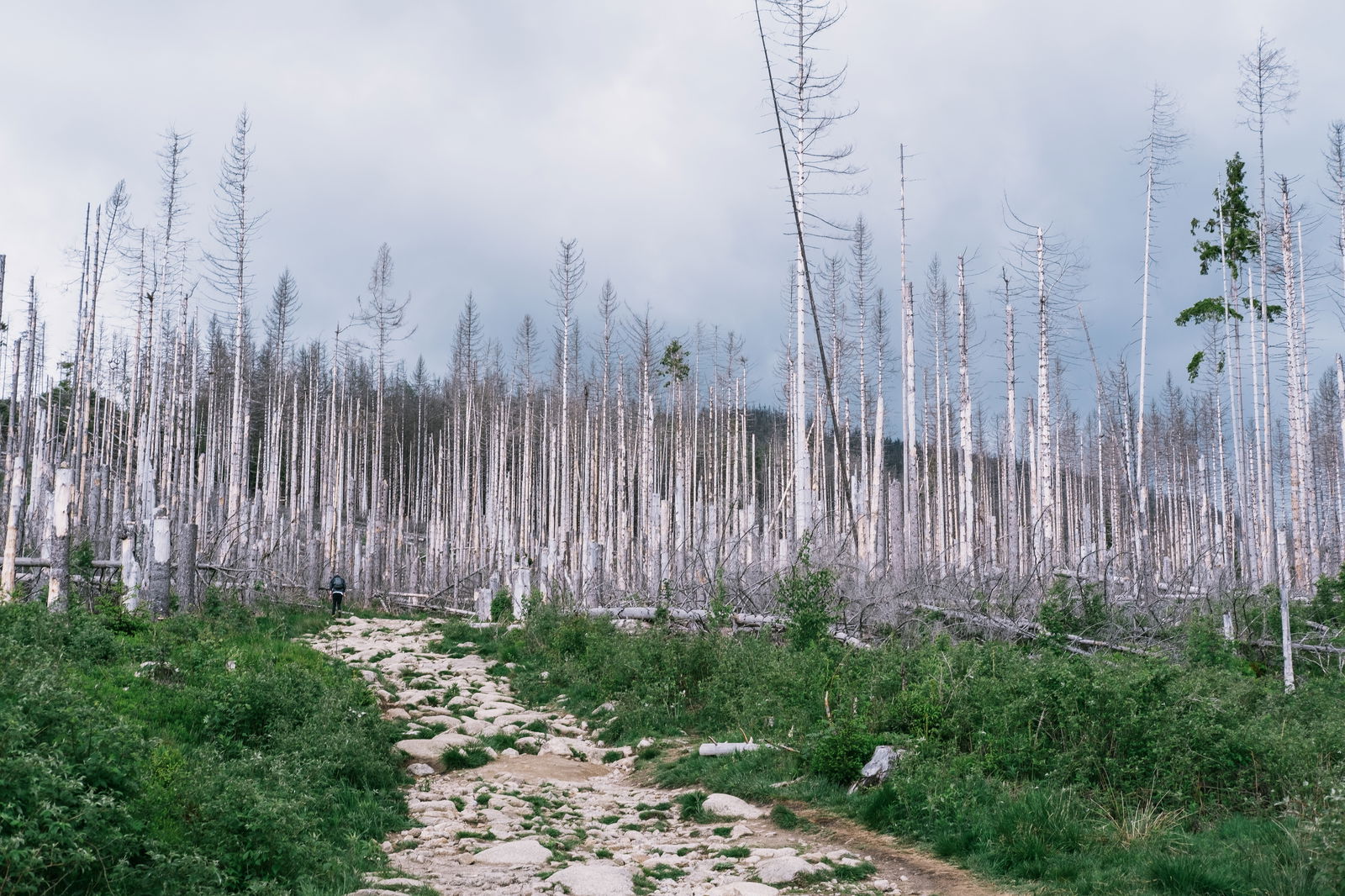Demystifying Coal: Unveiling the Essential Facts About Coal for a Sustainable Future


· 11 min read
This article is part of our series to spread free & quality sustainability knowledge for all. Compare on Data Hub™ the sustainability performance of major energy transition leaders: Iberdrola, Enel, Ørsted and others leading the move towards cleaner, renewable energy sources.

Coal is a fossil fuel that has been used as a vital energy source for centuries. It is formed from the remains of plants that lived and died millions of years ago, undergoing a slow process of heat and pressure deep within the Earth's crust. Coal is primarily composed of carbon, along with various other elements such as hydrogen, sulfur, oxygen, and nitrogen. Its energy content and quality can vary depending on factors like coal type and formation.
Like natural gas, coal is used to generate electricity. It releases energy in the form of heat, making it a valuable resource for electricity generation, industrial processes, and heat generation. However, coal production and combustion also release greenhouse gases and pollutants, contributing to environmental degradation. The extraction and use of coal have significant social, economic, and environmental implications, prompting the exploration and adoption of cleaner and more sustainable energy alternatives.
In our journey towards a sustainable future, understanding the complexities and implications of our energy sources is paramount. In this article, we embark on a journey to demystify coal, unearthing essential facts that underscore its formation, extraction methods, and its far-reaching consequences. By unraveling the truths surrounding coal, we can gain a deeper understanding of its environmental implications and the urgent need to transition to cleaner energy sources.

Coal is classified as a non-renewable energy source due to its limited availability and the lengthy geological processes required for its formation. According to the United Nations, an energy source is considered renewable when it is derived from natural sources that are replenished at a higher rate than they are consumed. Unlike renewable energy sources such as solar or wind power, which rely on naturally replenishing resources, coal reserves are finite in nature.
Once coal is extracted and consumed, it cannot be regenerated or replaced within a reasonable timeframe. The extraction of coal involves permanently removing it from the ground, leading to a reduction in available reserves. Unlike renewable energy sources that can be harnessed continuously, coal cannot be naturally replenished within human timescales.

The coal industry is a complex and multifaceted one that involves various methods and techniques for extracting coal from the Earth. The choice of mining method depends on several factors, including the depth and thickness of the coal seam, geological conditions, the quality of the coal, and the economic viability of extraction.
According to the U.S. Energy Information Administration, coal miners use two primary methods to remove coal. The first is surface mining, and the second is underground or deep mining. Surface mining is the method used when coal seams are near the surface, typically not more than 200 feet underground. Some of the subcategories of underground mining include strip mining and mountaintop removal mining.
On the other hand, underground mining is employed when coal seams are located at considerable depths or in areas where surface mining is not feasible. It involves the construction of underground tunnels and shafts to access the coal deposits. Continuous mining and long-wall mining are subcategories of underground mining.

In the United States, underground coal mining operations are responsible for the majority of methane emissions associated with coal mining. Methane, a potent greenhouse gas, is naturally present in coal seams and is released into the mine atmosphere during the extraction process. Underground mining poses specific challenges, such as the depth of the coal seam and the mining process itself, which contribute to increased methane emissions.
The release of methane from underground coal mines not only contributes to climate change but also poses safety hazards due to its flammable nature. Efforts have been made to mitigate methane emissions through improved ventilation systems, methane capture technologies, and best practices in mine design and operation. These measures are crucial for reducing the environmental impact of coal mining and addressing climate-related challenges.

According to Eurostat, coal production has been on a steady decline in EU countries since 1990. Hard coal produced in EU countries in 2021 was only 57.2 million tonnes. This figure represents a 79% decrease in the 277 million tonnes of hard coal production recorded in 1990.
While the decrease points to a positive trend toward sustainability, there is still room for improvement.

China currently holds the title for having the highest number of coal-fired power stations in the world. These power stations are responsible for the vast majority of the country's electricity generation, which has been rapidly increasing in recent years due to economic growth and urbanization.
Coal has historically been a cheap and abundant source of energy in China, making it a primary fuel for electricity generation. However, the environmental impact of burning coal has become a growing concern, with coal plants being a significant contributor to air pollution and greenhouse gas emissions.
According to Statista, China is currently home to over 1,000 coal-fired power stations. India comes second with 285 plants, while the United States of America completes the list with 225 plants.
The Chinese government has acknowledged the need to reduce the country's reliance on coal for electricity generation and has set targets to increase the use of renewable energy sources. However, the rapid expansion of coal-based power plants in China highlights the challenges of balancing economic growth with environmental sustainability.
The fact that China has the highest number of coal plants in the world highlights the country's significant role in global energy production and consumption. Addressing the environmental impact of coal-fired power generation in China will be crucial for mitigating climate change and improving air quality, both within China and beyond.

Coal burning is a significant contributor to the formation of acid rain, which has detrimental effects on the environment and human health. Acid rain refers to precipitation, such as rain, snow, or fog, that has acidic properties due to the presence of sulfur dioxide (SO2) and nitrogen oxides (NOx) released during the burning of coal.
When coal is burned, particularly in coal-fired power plants and industrial facilities, it releases sulfur dioxide and nitrogen oxides into the atmosphere. These gases can undergo chemical reactions with moisture in the air, forming sulfuric acid and nitric acid, respectively. These acids then combine with water droplets in the clouds, leading to the formation of acid rain.
The environmental impacts of acid rain are far-reaching. Acid rain can acidify soils, rivers, and lakes, harming aquatic ecosystems and affecting the growth and survival of plants and aquatic organisms. It can also damage forests and decrease soil fertility, disrupting ecosystems and biodiversity. Additionally, acid rain can corrode buildings, infrastructure, and cultural heritage sites, leading to significant economic costs for repair and maintenance.
Moreover, acid rain has adverse effects on human health. Fine particles and pollutants associated with acid rain can be inhaled, leading to respiratory problems and aggravating existing conditions such as asthma and bronchitis. Acid rain can also contaminate drinking water sources, posing health risks when consumed.
The future of coal is uncertain as the world grapples with the need to transition to cleaner and more sustainable energy sources. While coal continues to be used for electricity generation in many parts of the world, its long-term prospects are being challenged by increasing concerns over climate change and the shift towards renewable energy. The future of coal will depend on various factors, including government policies, technological advancements, and societal demands for a cleaner energy future.
Coal is typically recovered through the process of mining. There are two main methods of coal recovery: surface mining and underground mining.
Coal causes pollution through its production and combustion processes. During coal production, mining activities can lead to environmental degradation, including habitat destruction and water pollution from runoff.
In 2022, the quantity of coal burned was billed to exceed 8 billion metric tons.
China is the country that uses coal the most globally. India, the United States, Germany, and Russia complete the top five. China also doubles as the leading producer of coal globally.
illuminem's Data Hub™ tracks companies that are at the forefront of the energy transition, including leaders such as Anglo American, Peabody Energy, ExxonMobil, Iberdrola, Enel, and Ørsted. These companies are shifting from coal and fossil fuels to cleaner energy. Iberdrola and Enel are leading the renewable transition, while Peabody Energy and China Shenhua Energy face pressure to decarbonize with investments in renewables and carbon capture. ExxonMobil is advancing carbon capture to bridge oil, gas, and sustainable energy.
Coal is produced in many countries around the world, with the largest coal-producing countries being China, India, the United States, Australia, and Russia. Other significant coal-producing countries include Indonesia, South Africa, Colombia, and Germany. Coal is a fossil fuel that is found in underground deposits, and its availability varies depending on geology, mining technology, and market demand.
In conclusion, coal's environmental impact, finite nature, socio-economic implications, and the global push for sustainable development underscore the need for careful consideration of coal's role in the energy mix. Despite the fact that it is used in generating electricity and other sundry benefits, the harmful effect cannot be overlooked.
Being the most abundant fossil fuel in the world, there is a need to tread cautiously when using coal. The reality of global warming and environmental degradation stares us in the face. Therefore, transitioning to cleaner alternatives, investing in renewable energy sources, and implementing effective mitigation measures and carbon removal practices are crucial for addressing the challenges of coal and advancing sustainability in the energy sector.
illuminem's Data Hub™ tracking sustainability performance data of major energy transition leaders: Iberdrola, Enel, Ørsted and others leading the move towards cleaner, renewable energy sources.
About Coal Mine Methane | US EPA. (2023, March 7). US EPA. https://www.epa.gov/cmop/about-coal-mine-methane
Coal mining and transportation - U.S. Energy Information Administration (EIA). (n.d.). https://www.eia.gov/energyexplained/coal/mining-and-transportation.php
Number of coal power plants by country 2022 | Statista. (2023, January 31). Statista. https://www.statista.com/statistics/859266/number-of-coal-power-plants-by-country/
Reuters. (2022, June 1). China says a third of electricity will come from renewables by 2025. Reuters. https://www.reuters.com/business/sustainable-business/china-says-third-electricity-will-come-renewables-by-2025-2022-06-01/
United Nations. (n.d.). What is renewable energy? | United Nations. https://www.un.org/en/climatechange/what-is-renewable-energy
Leon Stille

Energy Management & Efficiency · Energy Transition
illuminem briefings

Energy Transition · Coal
Kedar Balasubramanian

Energy · Power & Utilities
Financial Times

Sustainable Finance · Public Governance
The Guardian

Coal · Carbon
Global Finance Magazine

Coal · Energy Sources